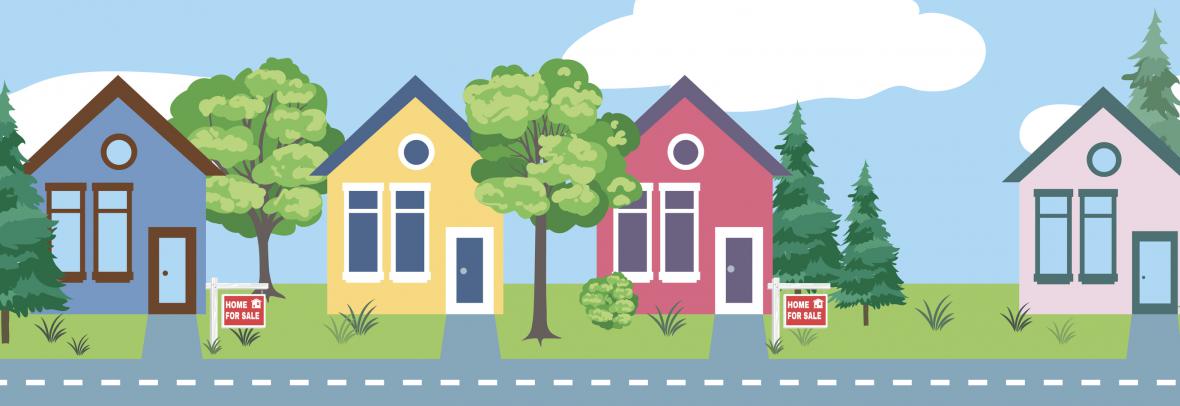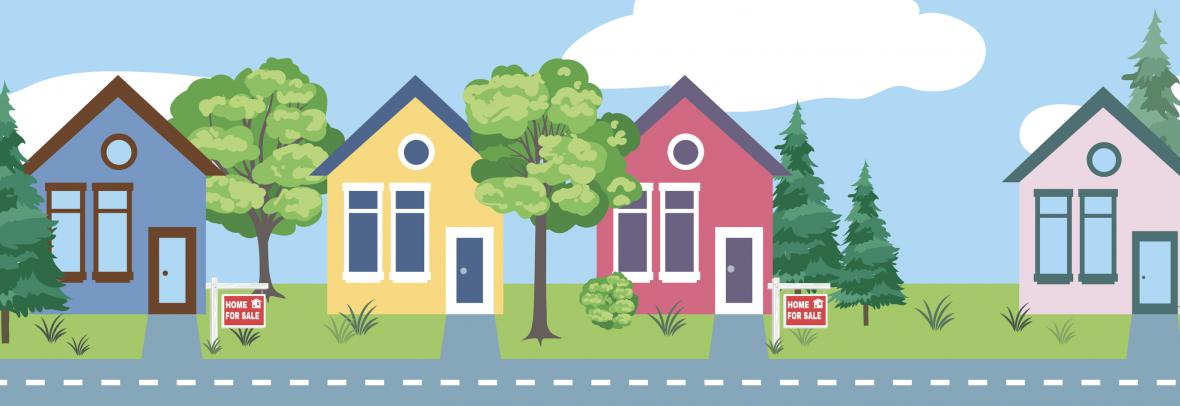
A recent Fannie Mae survey found just 17% of Americans believe it’s a good time to buy a home. But what happens if buyers wait? How can they better prepare?
WASHINGTON – Just 17% of Americans believe it’s a good time to buy a home, according to a recent survey from Fannie Mae. Between higher mortgage rates, still-high home prices and broader inflationary pressure, putting off buying a home might be the only option for some. What happens if you wait, though? Will the housing market of the future be any more favorable for homebuyers? Here’s what experts think.
Key housing market statistics today:
The median home sale price hit $433,100 at the beginning of 2022, according to Census figures. That’s up from $329,000 at the start of 2020.
*Approximately 43% of the homes sold in the second quarter of 2022 were within the budget of a family earning the median income of $90,000 per year, according to the National Association of Home Builders.
The median down payment was $35,000 in the second quarter of 2022, a 34.7% jump from the previous quarter, according to ATTOM. So far in 2022, sales of existing homes have trended downward, according to the National Association of Realtors® (NAR.
As of July 2022, listings remained on-market for two weeks, the shortest time frame on record, according to NAR.
Existing-home inventory came in at 1.31 million in July 2022, NAR reports, up 4.8% from June.
How much will a house cost by 2030?
While it’s relatively easy to predict short-term movements in the housing market, looking ahead to the end of the decade can be quite challenging.
“Trying to predict home price movements over nearly a decade would be little more than a shot in the dark,” says Nicole Bachaud, senior economist at Zillow. “At least for the foreseeable future, it is likely that home price growth will be much closer to historical norms [between 3% and 5% annually] than the record pace we’ve seen during the past two years.”
“Even if inflation goes back down to 2%, that could take a $1 million home to $1.17 million by 2030,” says Leonard Steinberg, chief evangelist and corporate broker in New York City at Compass. “At 5%, it’s $1.47 million.”
Could we actually see a decline in home prices? Not likely.
“Home values have leveled off this summer while buyers pull back at today’s prices, but it’s important not to confuse the inability to buy a home with a lack of desire to buy,” says Bachaud. “Pent-up demand from potential buyers waiting in the wings for a home they can afford will provide a backstop for prices that will keep them from falling anywhere near pre-pandemic levels, so the price drops we see today will likely be minimal and short-lived in lieu of a significant increase in housing inventory.”
Still, buyers could get a bit more bargaining power, including the ability to come in under asking price in some markets and negotiate concessions.
“I’m not so confident that buyers are going to feel like they are getting a good deal,” however, says Daryl Fairweather, chief economist for Redfin. “With higher mortgage rates, the median mortgage payment is nearly 40% higher than it was just a year ago.”
Will we see some additional supply to solve the housing shortage? Maybe, but that increase isn’t going to happen overnight.
“Home builders do not subscribe to the ‘If you build it, they will come’ mindset,” says Greg McBride, chief financial analyst at Bankrate. “They did that before [leading up to the 2008 housing crash], and it didn’t work out well.”
In addition to builder concerns, other factors like zoning issues in certain cities and neighborhoods put up more hurdles on the path to addressing the lack of listings.
“The shortage of homes is an issue that isn’t going to go away,” says McBride. “It’s going to take a long time to fix.”
One factor that can impact the type of home loan you might need is the Federal Housing Finance Agency’s annual update to conforming loan limits. Each year, the agency spells out a new maximum amount for mortgages purchased by Fannie Mae and Freddie Mac (the majority of loans) based on home price growth.
In 2022, the FHFA raised the limits significantly to account for rising home values: $647,200 across most of the country, stretching to $970,800 in high-priced areas like California, Hawaii and New York City. If you need to borrow an amount that exceeds your area’s limits, you’ll need to qualify for a jumbo loan, which often comes with more stringent credit and down payment requirements.
What about mortgage rates?
Whether you’re hoping to buy a house in the next year or next decade, higher or lower mortgage rates help determine how much you can afford. Rates have been rising so far in 2022 as the Federal Reserve works to get inflation in check. You might be looking at the surge from around 3% at the end of 2021 to today’s rates of more than 5% with serious worries about where those rates will be in 2030.
“The future is so uncertain right now,” says Fairweather. “We don’t know when inflation will come down. We don’t know if we’re entering a recession. We don’t know where we’ll land with interest rates when the dust settles.”
Looking ahead to the big picture, though, Fairweather predicts a more calm – and cost-effective – future.
“Give it a year or two, and mortgage rates should be lower,” says Fairweather.
Tips to save for a home in the next few years
Pay down your debt: Your down payment saving strategy isn’t all about increasing the amount of money you put in your bank account. It’s equally important to focus on decreasing the amount of money you owe for other debts like credit cards, student loans and car payments. By lowering your debt-to-income (DTI) ratio, you’ll be in a better position to qualify for a mortgage down the line.
Make aggressive career choices: If you’re just getting established in your career, now’s the time to build your earnings and savings for a future home purchase. Figure out the right way to ask your employer for a raise or be willing to look for other opportunities where you’ll be rewarded with a bigger paycheck. Sixty percent of workers who switched jobs over the past year earned more money in their new roles, even accounting for the fast pace of inflation, according to a recent study from the Pew Research Center. Over the next few years, a wise career move can make a huge difference in your bank account.
Focus on your local market, not the headlines: As you think about budgeting for a house, it might be helpful to focus on housing market conditions in the neighborhood where you’re looking to buy instead of the broader national trends that might be skewed by data in another time zone. Your down payment needs are going to look much different in Tuscaloosa than they will in Tucson, for example.
Look for lower down payment loan options: While 20% is the ideal amount for a down payment to avoid paying more in interest and mortgage insurance, it’s not a requirement by any stretch, and it’s unrealistic for many to save that much cash. Consider whether you’ll qualify for a low down payment program, even if it comes with mortgage insurance.
Keep closing costs in mind: The down payment isn’t the only piece of the homebuying puzzle you’ll need to solve for. You’ll also need to be ready to pay closing costs – lender fees, taxes, appraisal expenses, settlement charges and more. These add up quickly. In 2021, the average closing costs were $6,905, according to ClosingCorp.
Because you’ll be spending several thousand on closing costs, it’s imperative to stay in the home long enough to break even if you want to stay in the black.
Copyright © 2022, Richmond Times-Dispatch, Richmond, Va. Distributed by the Tribune Content Agency. All rights reserved.
Go to Source
Author: marlam



